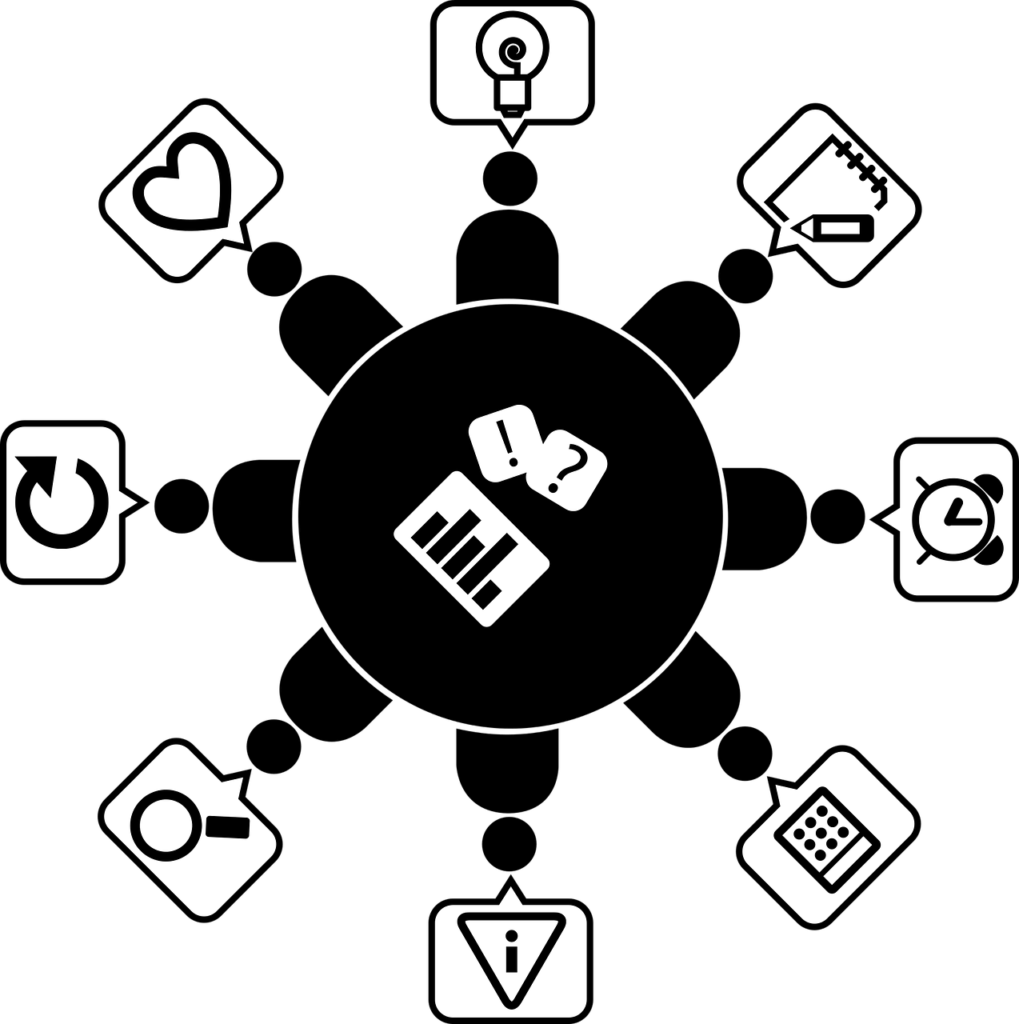Selecting a unique domain name is a crucial step in establishing your online presence. It’s the first thing people will see when they visit your website, and it can significantly impact your branding and search engine optimization (SEO). Coming up with a creative and memorable domain name may seem daunting, but with the right approach, you can find the perfect one for your business or personal project. Here are some top tips for brainstorming unique domain names that stand out from the crowd.

1. Start with Your Core Brand Message
Your domain name should clearly represent your brand or the essence of your business. Think about the main message you want to convey to your audience. Ask yourself: What is the purpose of your website? What values or services do you want to emphasize? Whether you’re offering a product, service, or simply sharing information, your domain name should reflect your brand’s core identity.
2. Keep It Short and Sweet
Short domain names are easier to remember, type, and share. Aim for a domain name with no more than 15 characters. A shorter name is also easier to fit into social media handles, email addresses, and marketing materials, ensuring consistency across all your platforms. Plus, shorter domain names are more likely to be available, as many longer names may already be taken.
3. Make It Memorable
The best domain names are those that stick in the minds of your visitors. A memorable domain name is often catchy, clever, and easy to recall. Avoid complex spellings or phrases that might confuse people when they try to find your site. Use alliteration, rhymes, or puns to create something fun and easy to remember. The more memorable your domain, the more likely people will return to your site.
4. Incorporate Relevant Keywords
Including relevant keywords in your domain name can improve your SEO and help search engines understand what your website is about. For example, if you’re running a fitness blog, a domain like fitlife.com or getfitnow.com can provide immediate context for both search engines and users. Just make sure the keywords are specific to your niche, as overly generic names may not stand out in a crowded market.
5. Consider Your Audience
Think about your target audience when brainstorming domain names. What words or phrases resonate with them? Consider their language, preferences, and pain points. A domain name that speaks directly to your audience’s needs or interests will make your website more appealing and can foster a stronger connection with potential customers or readers.
6. Check for Domain Name Availability
Once you have a list of potential domain names, check if they are available for registration. There are many domain name registrars, such as GoDaddy or Namecheap, where you can easily search for availability. If your desired domain is already taken, try tweaking it by adding a word, changing the TLD (top-level domain), or using synonyms. You can also explore creative domain hacks, where parts of the domain form a meaningful phrase or word.
7. Choose a Domain Extension That Fits Your Brand
The TLD, or domain extension (like .com, .net, .org, etc.), is an important aspect of your domain name. While .com is the most popular and recognizable extension, many other TLDs are available, such as .co, .ai, or .store. If you’re targeting a specific country or region, consider a country-code TLD like .au for Australia or .uk for the United Kingdom. Choose an extension that best fits your business and your audience’s expectations.
8. Avoid Numbers and Hyphens
Numbers and hyphens in a domain name can make it difficult to remember and can lead to confusion when sharing the name verbally. For instance, people may not know whether to use the number as a digit or spell it out, or they may forget the hyphen altogether. To avoid these issues, stick to letters only for a clean and straightforward domain name.
9. Brainstorm with Tools and Generators
If you’re struggling to come up with ideas, use domain name generators to spark creativity. Tools like NameMesh, Lean Domain Search, and BustAName can help you come up with unique domain names based on keywords and industry terms. These tools often offer suggestions you might not have thought of on your own, which can help broaden your options.
10. Test It Out
Before finalizing your domain name, test it out by asking friends, family, or colleagues for feedback. They may offer valuable insights or point out any issues you hadn’t considered, such as difficult pronunciation or negative associations. It’s also important to check the name’s availability on social media platforms, as consistency across your brand’s online presence is key.
Conclusion
Brainstorming a unique domain name can be a fun and rewarding process, but it requires creativity and careful consideration. By starting with your brand’s core message, keeping it short and memorable, and incorporating relevant keywords, you can craft a domain name that boosts your online presence and sets the stage for success. Avoid common pitfalls like numbers and hyphens, and make sure the domain is available for registration and consistent with your brand’s overall identity. With these tips in mind, you’ll be well on your way to choosing a unique domain name that makes a lasting impression.


